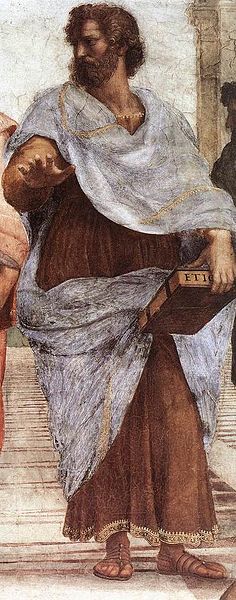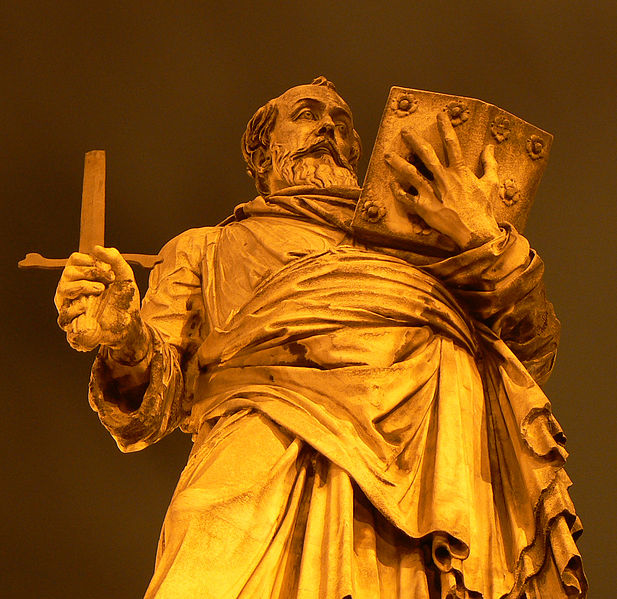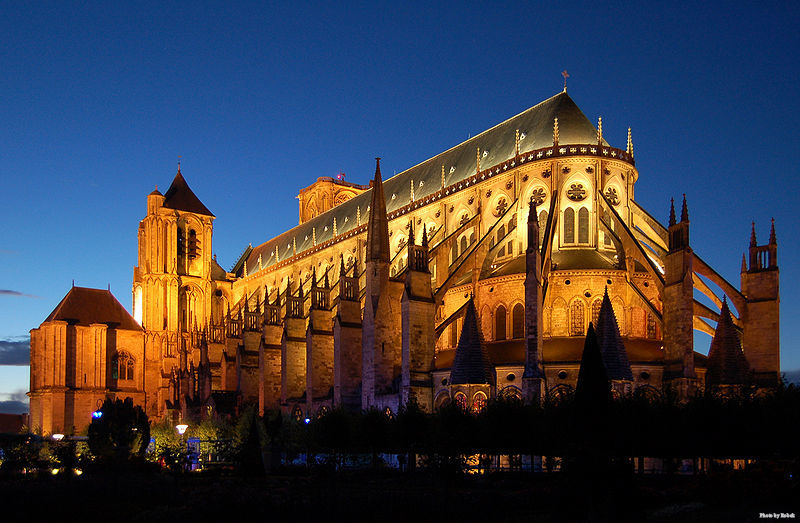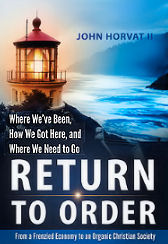The inspiration of this [vertical] vision is found inside man himself. It corresponds to the most fundamental desires of the human heart. It comes from our constant search for all that is good, true, and beautiful. This impulse is something that occurs naturally in us and sets in motion powerful movements inside our souls that call us to sacrifice.
Aristotle speaks of what he calls to kalon, that is, our passionate concern for all that is elevated, dignified, and noble. It was something he recognized as universally present in the spiritual core of each human being. These highest aspirations of rational and free beings are “capable of dedication, devotion, and even sacrifice for the sake of causes perceived as just and as thereby partaking of transcendent or eternal value.”*
Likewise, Saint Paul in Holy Scriptures calls upon us to look to these same ideals when he says, “Finally, brothers, whatever is true, whatever is honorable, whatever is just, whatever is pure, whatever is lovely, whatever is gracious, if there is any excellence and if there is anything worthy of praise, think about these things”(Phil. 4:8).**
When men seek after these high standards of perfection, beauty, or excellence, it gives rise to a vision of life that inspires civilizations. We need only look to our Christian roots as a confirmation of their efficacy. History gives ample testimony to the selfless acts of saints, heroes, and martyrs who put Christian ideals before all else. Their influence permeated the culture, established a rule of honor, and gave birth to a whole civilization.
* Thomas L. Pangle, Leo Strauss: An Introduction to His Thought and Intellectual Legacy (Baltimore: Johns Hopkins University Press, 2006), 93.
** North American Bible Revised Edition
John Horvat, Return to Order: From a Frenzied Economy to an Organic Christian Society—Where We’ve Been, How We Got Here, and Where We Need to Go (York, Penn.: York Press, 2013), 312-3.












